Mexico City, one of the most populous cities on Earth, is also one of the most underrated historical and cultural sightseeing gems in the world. Most Western tourists flock to Mexican resort towns like Cancun and Puerto Vallarta, where they drink Pina Coladas, work on a nice tan, and forget about life for awhile.
Taking the road less travelled, my partner and I were accidental tourists in Mexico City—we went because we got a good deal on a flight and hotel, and we were desperate to escape the late northern winter and soak up some much needed sunshine.
Mexico City is a vast sprawling metropolitan ghetto of 25 million people with chronic urban decay and millions of working poor. The whole city exudes a fortress vibe—stores are boarded up, windows barred and barbed wire are seen everywhere. The overall feeling is that Mexico City is not a safe place, and criminals, especially petty thieves are lurking everywhere.
Realistically though, the murder rate is half of what it was 10 years ago. Homicide deaths in CDMX (Mexico City) in 2023 were 7 for every 100,000 residents, which is a decrease of more than half from 2016 when it was 14 per 100,000 inhabitants. That is lower compared to Houston’s rate of 19 for every 100,000 or according to the Rochester Institute of Technology, Chicago’s rate of 24 for every 100,000, or Los Angeles’ rate of 8.8 homicides per 100,000.
Compare this to the largest city in Canada—Toronto, with a homicide rate of 1.73 per 100,000.
Daily newscasts are often a shock though, because they do not censor the never-ending drug wars between Mexican military/police and the drug cartels, which began in earnest in 2006, and has resulted in anywhere from 60,000 to 120,000 deaths and 124,000 missing persons. Just last month, the discovery of a cartel “extermination center” sparked protests across the country, demanding justice for the victims.
Protesters gathered across Mexico on March 16, to demand justice following the discovery of charred bones, shoes and clothing at a suspected drug cartel training ground.
According to our tour guide, most of the drug violence is in the north, however—along the US border, and not local to Mexico City.
Mexico is the distribution hub of cocaine trafficking, shipped up from Columbia. In 2012, it was estimated that Mexican cartels employed over 450,000 people directly, and a further 3.2 million people’s livelihoods depended on various parts of the drug trade.
The Mexican cartels operate in over 100 nations. The majority of cocaine goes to the USA, who are the world’s largest consumers of cocaine and other drugs.
One of the main factors driving the Mexican drug war is widespread poverty. Mexico has the second highest economic disparity, between the extremely poor and the extremely rich. The bottom 10% in the income hierarchy own 1.36% of the country's resources, whereas the upper 10% have almost 36%. Compounding this, the low education standards drive poor and uneducated youth into the waiting arms of the drug cartels.
From a recent study:
“Mexico’s most vulnerable population due to the violence of the drug cartels is its youth, who are the most at risk to become victims of homicides, disappearances, and recruitment. Youth from marginalized communities and youth who drop out of school are especially targeted by drug cartel recruiters because they desire a sense of belonging and a quick escape from poverty.
Intricately involved in the vulnerability of youth is the education system, which has been negatively impacted by the cartel conflicts in several aspects. Mexico's education system suffers from school closures, decreases in teacher and student attendance rates, and lower academic achievement due to exposure and persistence of organized crime.”
Riot police are in regular attendance at the large outdoor market at the Alameda Central Park. There is a strong military culture with cops and military visible everywhere. CDMX currently has over 80,000 police, and the three boroughs with the highest crime rates have the highest number of officers. There are also 3,777 soldiers and air force officers, 2,094 marines and 2,840 National Guard members who operate in the capital.

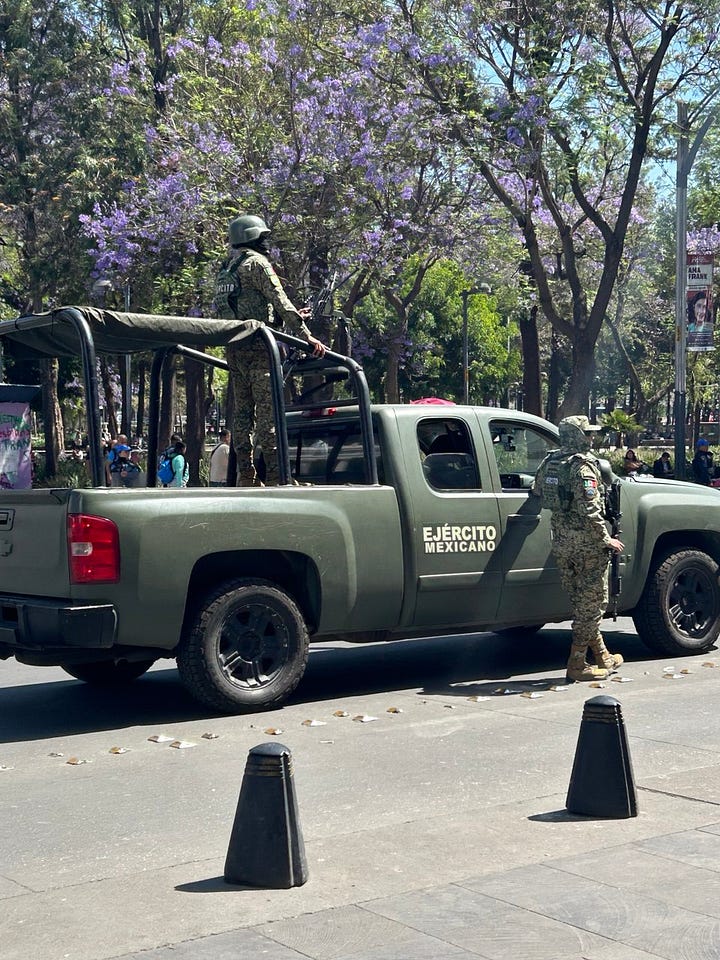


Our trusty guide, Alex explained that Mexicans, especially in the capital city, protest everything. There is continual signs of protests waiting to happen. A recent protest at the US Embassy, witnessed a Trump figure beaten and then burned in effigy.
MEXICO CITY IS FOR MEXICANS
The city has all the same Western progressive policies, such as elective abortions, a limited form of euthanasia, no-fault divorce, same-sex marriage, and legal gender change. Left-wing parties—the Party of the Democratic Revolution and the National Regeneration Movement control the politics. In 2016, extra powers were granted to Mexico City, making it a city-state, with autonomy equal to a Federal State.
Mexico City or CDMX is 75% Mexican population (Mexican-European descent 55% and Indigienous 18%) and 22% European. Additionally, 700,000 Americans live here, making it the largest US population outside of the USA. One thing that was noticeable, by its absence—there are few Asians, Indians or other nationalities in CDMX.
Mexico City is for Mexicans.
We took a short trip down a side street near the Benito Juárez Hemicycle at the Alameda Central Park, and stumbled on the city’s Chinatown district. It was actually embarrassing, because my partner is Asian, and she was one of the few Asians there.
The shops and restaurants were all manned by locals, and almost all the stores and sellers had the identical range of souvenirs and gifts for sale. It may be a disappointment for hardcore travellers, who have spent time in more authentic Chinatowns.
Our guide, a young law student named Alex (Alejandro) works as a tour guide on the weekends, and goes to law school during the week. He was born and raised in Mexico City, and says he “knows the city like his hand.” He provided us with a wealth of history, culture, politics, and lots of streetwise advice about where to go and where not to go.
Don’t go to Tepito, he said, because it is the black market of Mexico City, a great place to get Made in China copies (fayuca) of brand names like Nike or Gucci, but also a risky place to get targeted by pickpockets or muggers. It is located just off the Centro Histórico, well-known for its vast tianguis (street markets). Many Mexico City locals won’t even visit Tepito, and if you’re a white foreigner, you’re putting yourself at risk.
THE MEXICAN DIRTY WAR
Alex teared up when he related the Massacre of ‘68 (La Masacre de Tlatelolco), a deep scar on the history of CDMX. At least 250-300 students were murdered, just 10 days before the Olympic Games in 1968. These numbers are according to official government sources, though others claim the death toll was in the thousands.
In response to Mexican government concerns over the security of the Olympic Games, the Pentagon sent military radios, weapons, ammunition and riot control training material to Mexico before and during the crisis. The CIA station in Mexico City produced almost daily reports concerning developments within the university community and the Mexican government from July to October.
The massacre occurred next to one of the most famous sites in Mexico, the Plaza de los Tres Culturas, (Plaza of Three Cultures). The US-backed Institutional Revolutionary Party (PRI) squashed a series of student protests by opening fire on unarmed protesters.
This event was part of a greater conflict, known as the Mexican Dirty War, which was part of the Cold War struggle between the US and the eastern communist block. The US backed the repressive PRI, who controlled Mexico for 71 years in total from 1929 to 2000, and the second term was for six years, from 2012 to 2018. The party acted as a de facto one-party state for much of its existence, until recently getting trounced by Claudia Sheinbaum, who has installed greater democratic rights and freedoms.
The PRI ruled Mexico under an autocratic, chronically corrupt, nepotistic government, favouring the ruling elites, who controlled the police and the judicial system. During its time in power, the PRI became a symbol of corruption, repression, economic mismanagement, and electoral fraud.
MEXICO’S FIRST FEMALE PRESIDENT
President Claudia Sheinbaum is a Berkley-educated PhD engineer, who is a major climate change advocate, having worked with the IPCC panel. “Sheinbaum has always been disciplined and strategic,” said Guadalupe Correa-Cabrera, a Mexican political analyst. “She’s not going to be as radical as AMLO” (her political mentor, former President Andres Manuel Lopez Obrador, popularly known as AMLO.)
Mexican President Claudia Sheinbaum is the first female President of Mexico. Her parents are Ashkenazi Jews from Eastern Europe. Her parents were also communists involved in the student protests in the 1960’s. She often credits her parents’ involvement in the 1968 student protests as an inspiration for her own work.
“I have always said it: I am a daughter of ’68,” she wrote on social media in April 2024.
During her tenure as mayor of Mexico City, she presented Julian Assange’s family with the keys to the city, in September 2022. Speaking about the award, Julian’s father, John Shipton said that it reinvigorated the campaign to free Julian, and it lifted the spirits of his brother, who was still incarcerated in London’s high-security Belmarsh prison at the time.
“The significance of this is that Mexico understands the importance of Julian’s work,” he said. “Mexico has been a leading advocate for Julian’s freedom and the president is leading the charge among world leaders to free Julian.”
Mexico City Mayor Claudia Sheinbaum presented the keys to the city to the family, saying: “For us, Julian represents truth and freedom of expression. We are a progressive city that has always defended great freedoms and the right to free access to information.”
Assange’s brother, Gabriel Shipton and his father John were invited to Mexico along with the families of Cesar Chavez, Nelson Mandela and Martin Luther King Jr., as part of the Independence Day celebrations.
THE CHURCH IS SINKING
Mexico City is built on the empty lake bed of Lake Texcoco, that was drained over time, beginning in the 17th century. Since the beginning of the 20th Century, the city has sunk as much as nine meters (30 feet) in some areas. On average Mexico City sinks 50 centimetres (20 inches) every year.
This has led to older buildings such as the Basilica of Santa Maria of Guadalupe to sink slowly, and it is now leaning at a distinct angle. Though this is literally true, it is also metaphorically true, because church attendance has been sinking in recent years. In 1950, Catholics constituted 98.2% of the population. The percentage of Catholics is declining, with a shift towards other Christian denominations and non-religious individuals, as evidenced by census data showing a decrease from 88% in 2000 to 77.7% in 2020.
Roman Catholicism is deeply embedded in Mexican culture, as well as worship of Mary and the Saints. Our tour guide Alex talked more about Mother Mary than Jesus, when we visited the Basilica of Guadalupe. The whole city shuts down on Sunday, and it is the best day if you want to roam the city, because the traffic is down to a trickle. It is a welcome break for Uber drivers, whom we discovered roar around like race car drivers on Sunday, causing us some concern for our safety.
VAGINAS ONLY
The traffic everywhere is a steady, relentless wave. There is a running joke in the city that Mexican drivers literally don’t know how to drive, because the government does not require a driving exam. Anyone over 18, only needs to visit the transportation ministry office, and tell them you know how to drive, and boom, you get a driver’s license.
However, the extensive subway and bus transit system is excellent, and dirt cheap—only 30 pesos per trip. Because of frequent sexual harassment on public transit, there are now women only sections of subway and buses. The “pink seats” on buses are reserved for women and their kids under 13, as well as elderly and disabled.
The city built a gondola system known as the Cablebús to connect the poor barrios in the hills, where transit is sporadic. Many of the houses we checked out had no roads, only steep staircases to climb to your apartment up the hill. The Cablebús network was initiated under the administration of the current president, Claudia Sheimbaum, who was mayor of CDMX at the time. Completed in 2021, there are 3 lines, with more lines planned.
Alex, our tour guide, told us the Cablebús has been a godsend for those who work down the hills in the central Mexico City valley. It cuts travel time by half for most commuters. It is the longest gondola ride in the world, and for the low price of 7 pesos, with spectacular views of the city, you can’t beat it for tourist instant gratification.
The sounds of chickens, roosters and barking dogs are heard along the length of the ride, combined with the traffic noise, wind sheer and calls of the streets sellers, announcing their wares in a sing songy voice: “enchiladas y tamales y gorditas y sopas.”
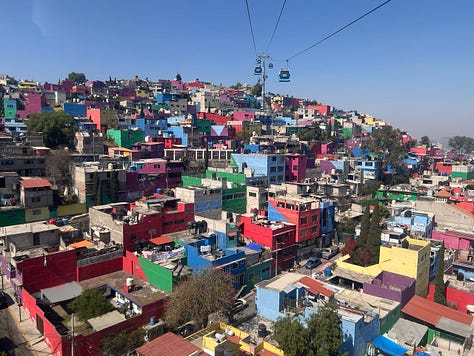
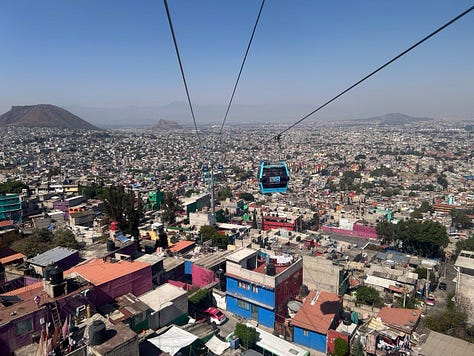

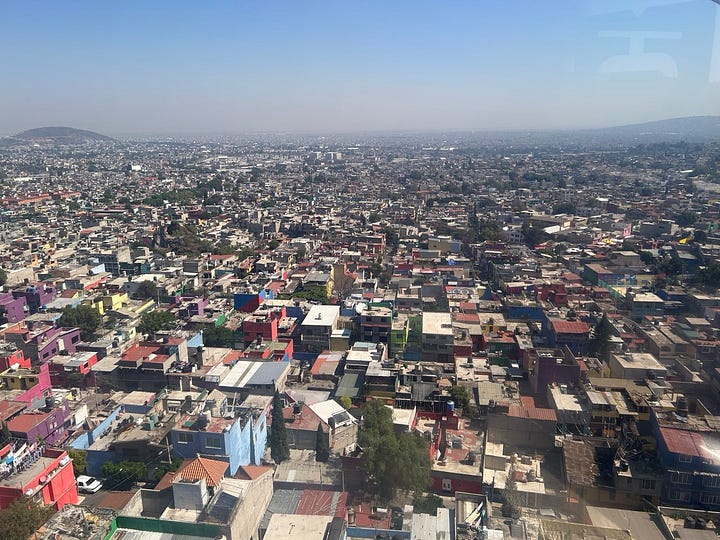
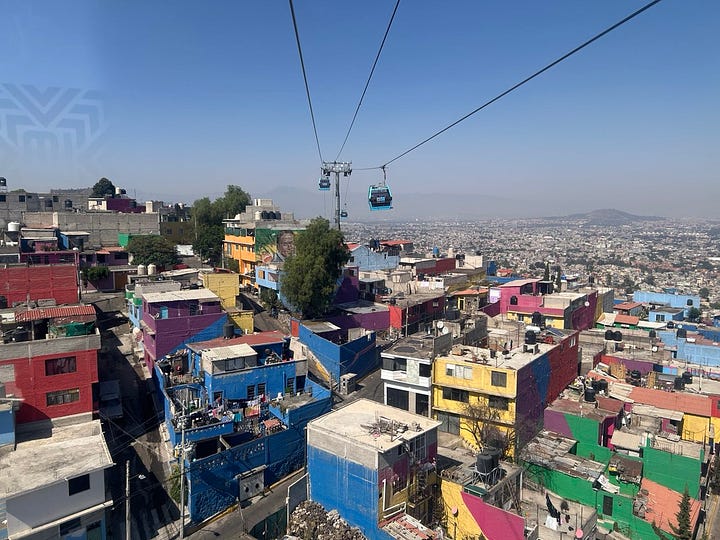
SANTA FE
We took an Uber up the mountain to Santa Fe to see how the other half lives in Mexico City. Santa Fe is the super wealthy business district on the west side of the city. The largest mall in Mexico is there surrounded by high rise office and condos, that overlook a man made lake adorned with a row of gourmet restaurants.


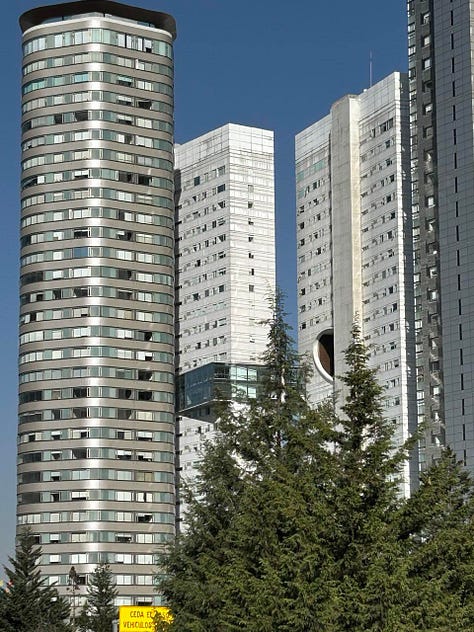


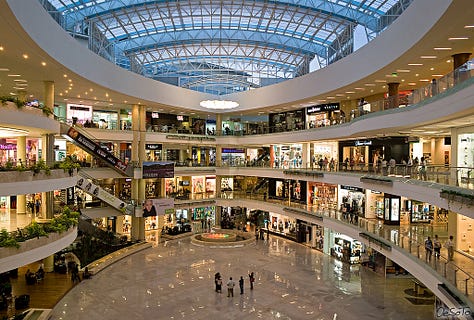
And just a stone’s throw away, the residential barrios are seen from the tops of the high-rise buildings. The elegant and luxurious Santa Fe Centro shopping mall is in striking contrast to the soul crushing poverty throughout the rest of the city. Strolling through the mall was an exercise in guilt and indifference as we witnessed the affluent Mexicans, who seem oblivious to the status of the rest of their countrymen.
The Unequal Scenes Project was created to share the wealth gap around the world:
“Mexico is also one of the most unequal countries in the world. The wealthiest 1% of the population earns 21% of the nation’s total income, a percentage higher than any other country in the world. Significantly, much of that wealth is concentrated in just a few multimillionaires (at one point, the world’s wealthiest man was a Mexican). By some measures, the top 4 richest men in Mexico concentrate 9% of the wealth, a staggering amount in a country this large.
Significantly, as shown by the 2022 World Inequality Report, inequality levels have not been meaningfully reduced, and actually increased, during the 2000s.”
Another quote from the project:
“Special mention must be paid to private golf clubs in the city, which in Mexico are the exclusive domain of the wealthy. Average costs to join are between $16,000 and $35,000 per year, with the most expensive club over $100,000. That's striking in a country which has an average annual income of only $15,314.”
Wealth inequality in Mexico is extremely high. Although Mexico is among the top 14 richest countries as calculated by GDP, over half the population lives in poverty. Consuelo Lopez-Zuriaga, the Oxfam Mexico Executive Director states that “while the wealth of Mexican multimillionaires is multiplied by five, 48 percent of state schools have no access to sewage, 31 percent have no drinking water, 12.8 percent have no bathrooms or toilets and 11.2 percent have no access to electricity.”
TEOTIHUACAN PYRAMIDS
One of the most amazing attractions in CDMX is the Teotihuacán pyramids, just 40 kms of the city. The area was a religious and cultural city with a population of approximately 125,000 people, at its height around 350 AD. The city contained roughly 2000 multilevel apartment buildings and a collective government system with a multi-ethnic community.
In 2003, archeologists discovered a tunnel underneath the pyramid, leading to a series of underground galleries that may have housed the ruling elite.
A small robot was employed to photograph the interior: Artifacts discovered include large spiral seashells, cat bones, pottery, fragments of human skin, as well as wooden masks covered with inlaid rock jade and quartz, elaborate necklaces, rings, greenstone crocodile teeth and human figurines, crystals shaped into eyes, beetle wings arranged in a box, sculptures of jaguars, and hundreds of metalized spheres.
Other finds include evidence of human sacrifice found inside the Feathered Serpent pyramid. More than 100 warriors, kneeling with their hands bound behind their backs, are believed to have died there. Many wore necklaces of shells carved to look like human teeth, and a few were made of actual teeth.
DINING EXPERIENCES
On a less than ideal note, we found it difficult to get a good cup of coffee in Mexico, a frustrating first world problem I know, but the watery black swill with strange brown colored cream (fake cream?) and white sugar was a drag. We eventually broke down and went to Starbucks for a double espresso latte, despite our rule of limiting our dining to only the authentic Mexican cuisine.
On our last day, we dined next to the Museo Nacional de Arte, at Los Girasoles restaurant. We ordered Tangerine salad, Jamaica enchiladas and Huauzontle pancakes. My partner had Traditional Raven Rested Tequila and I had a Bird of Paradise lager.
One thing about Mexican waiters, I’d like to mention—they don’t hover, and badger you every three minutes like most North American waiters. They generally leave you alone and let you enjoy your meal. What a pleasant surprise!
Total cost, including a tip, for three-course meal, plus Tequila and premium Mexican beer (cerveza) was only $50 USD.
Serving staff don’t expect big tips. When showing your credit card, the terminal gives you options of 5%, 10% or 15%, compared to Canada or America, where often restaurants expect a tip of 18%. Uber drivers do not expect more than 20 pesos as a gratuity.
Overall, Mexico City has much to offer for those looking for culture, history and some fine dining for a reasonable price. Travelling to European cities will bite into your pocketbook, especially considering the cost of dining, transportation and general cost of admission to museums and other attractions.





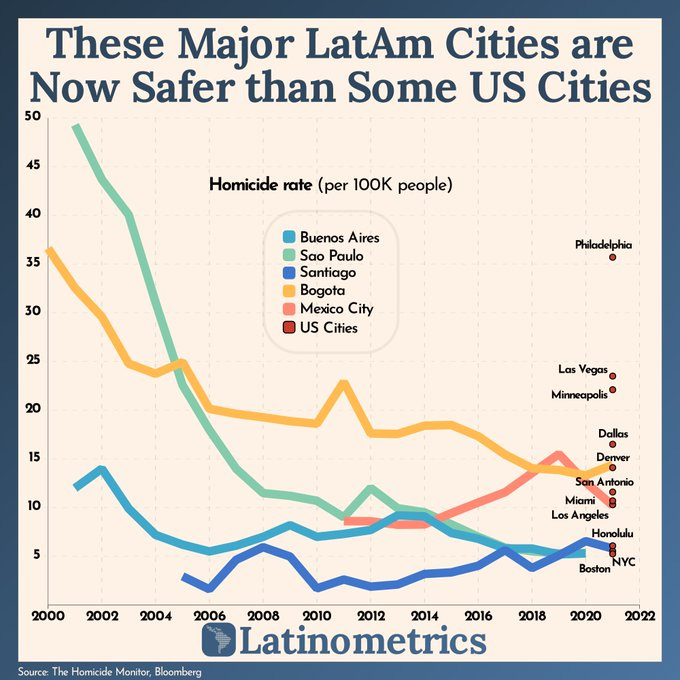

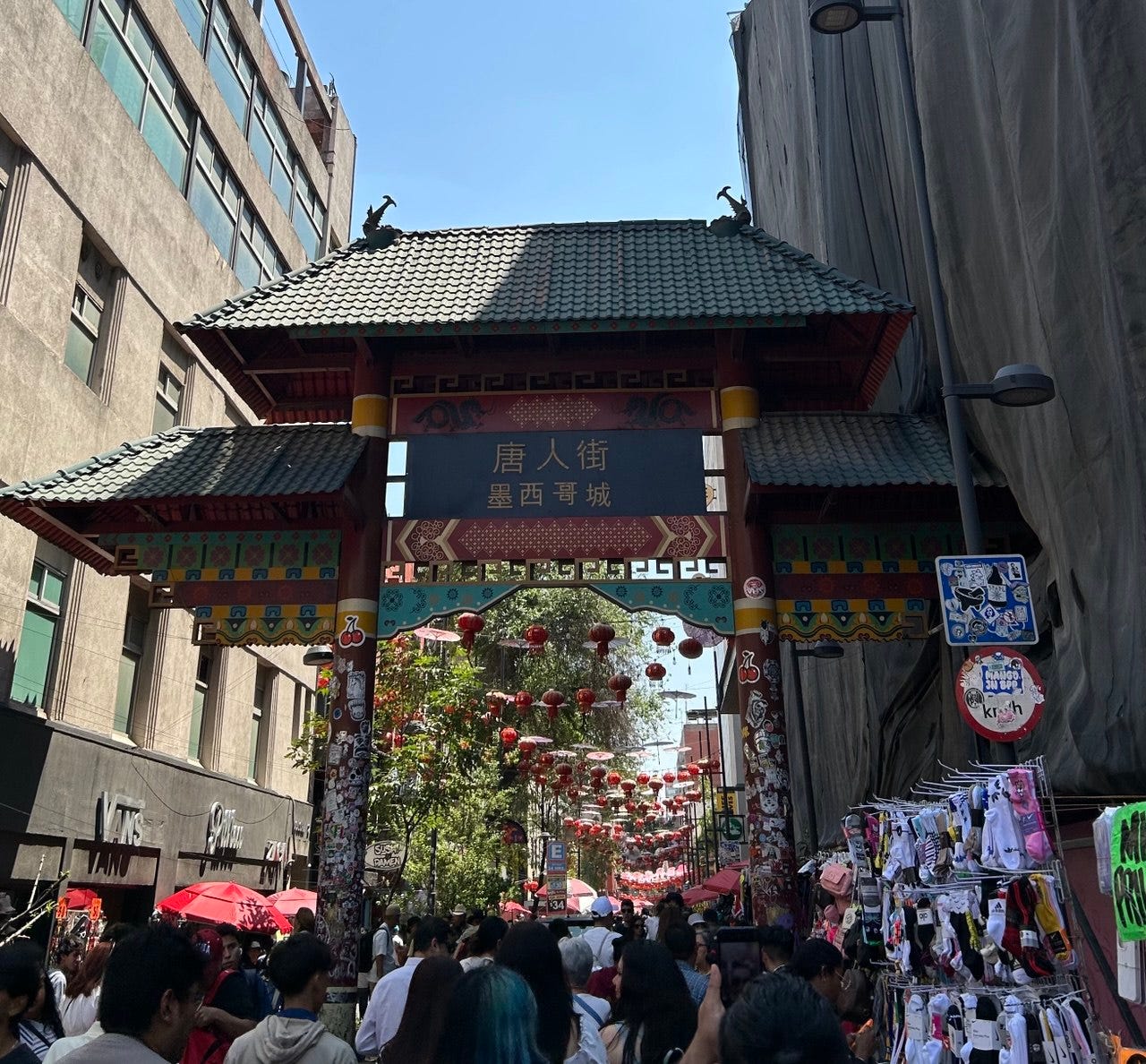
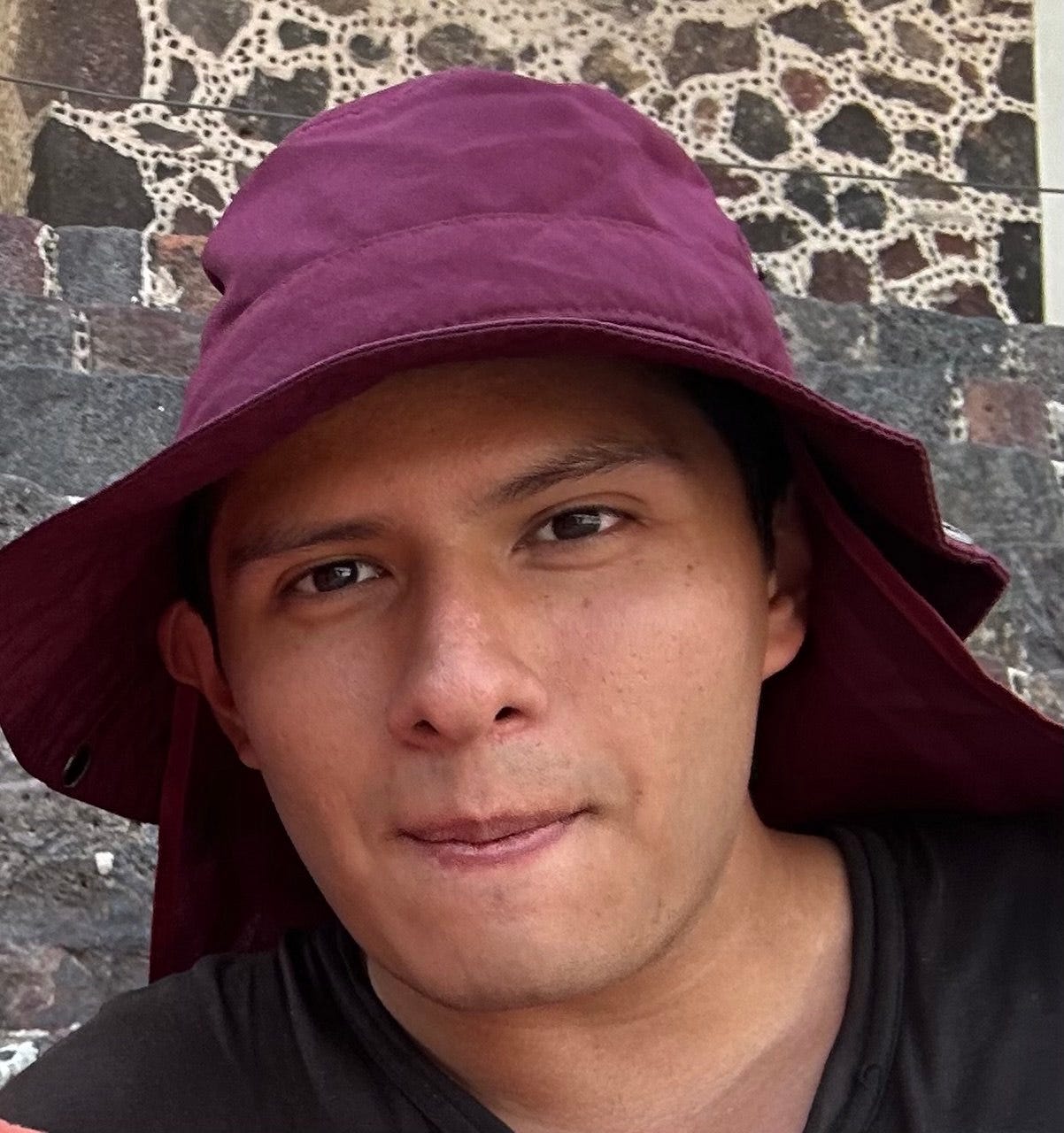
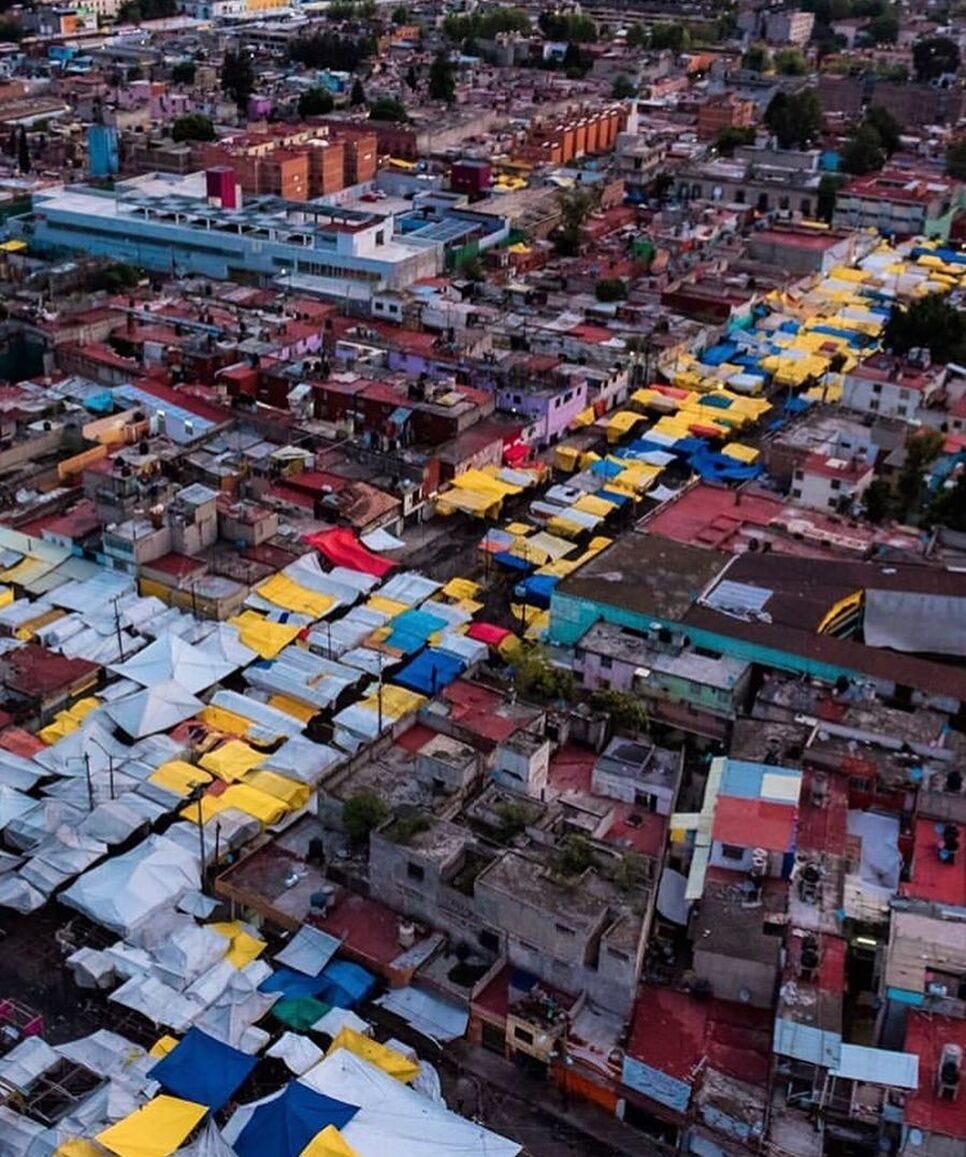


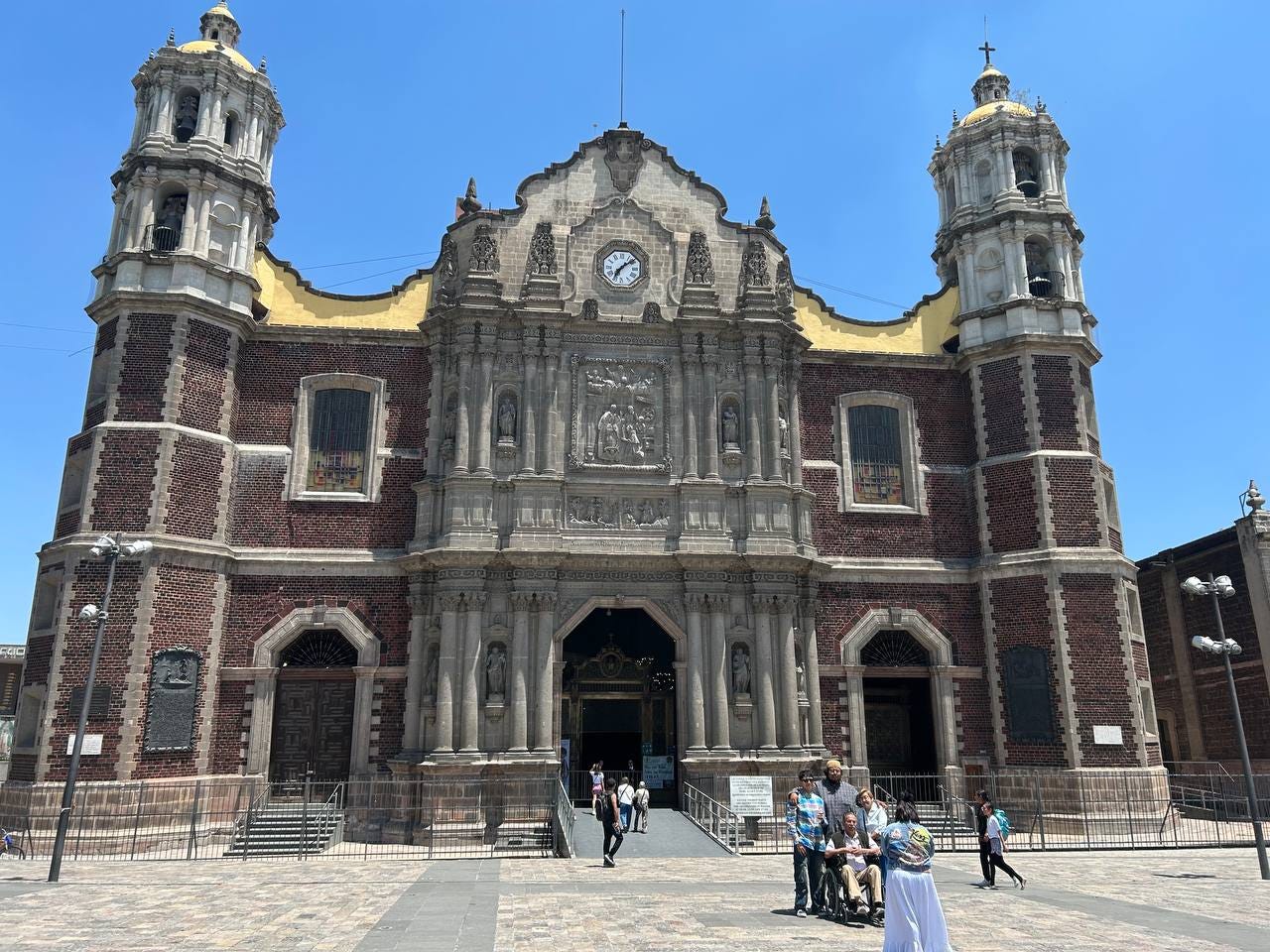
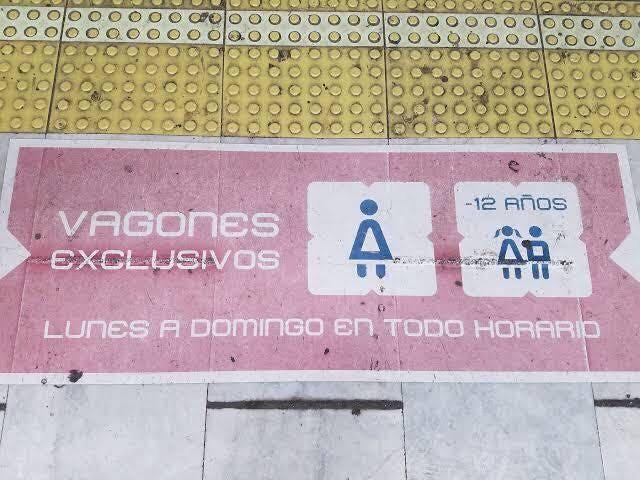





Thank you for this vibrant portrayal of your trip, much appreciated.
Very interesting info thanks.
On Assange, he isn't really what the media wants you to think he is. Just some info:
https://www.richplanet.net/richp_search.php?ref=270&part=1&search=julian%20assange
https://www.richplanet.net/richp_search.php?ref=240&part=1&search=assange
https://www.richplanet.net/richp_search.php?ref=247&part=1&search=assange
Leading and making heroes out of the opposition is one of the standard ops of the blob.